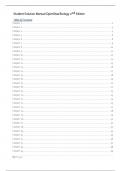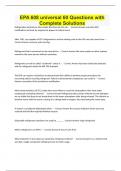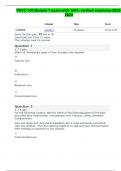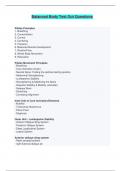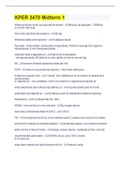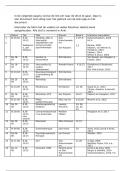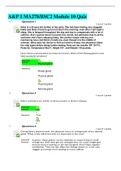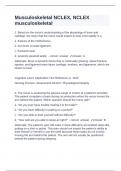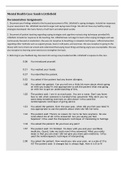Tentamen (uitwerkingen)
Testbank for Biology 2nd Edition from OpenStax College
- Vak
- Instelling
Testbank for Biology 2nd Edition from OpenStax CollegeChapter 1 1 Figure 1.6 1: C; 2: F; 3: A; 4: B; 5: D; 6: E. The original hypothesis is incorrect, as the coffeemaker works when plugged into the outlet. Alternative hypotheses include that the toaster might be broken or that the toaster wasn't tu...
[Meer zien]
